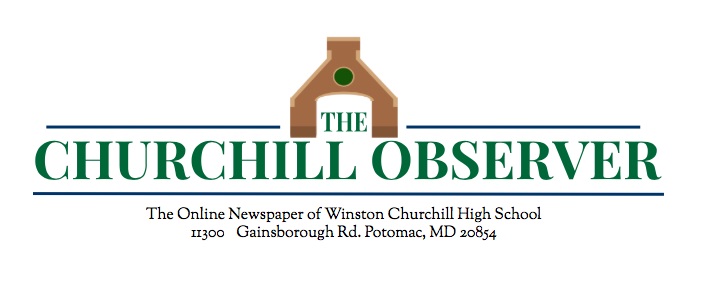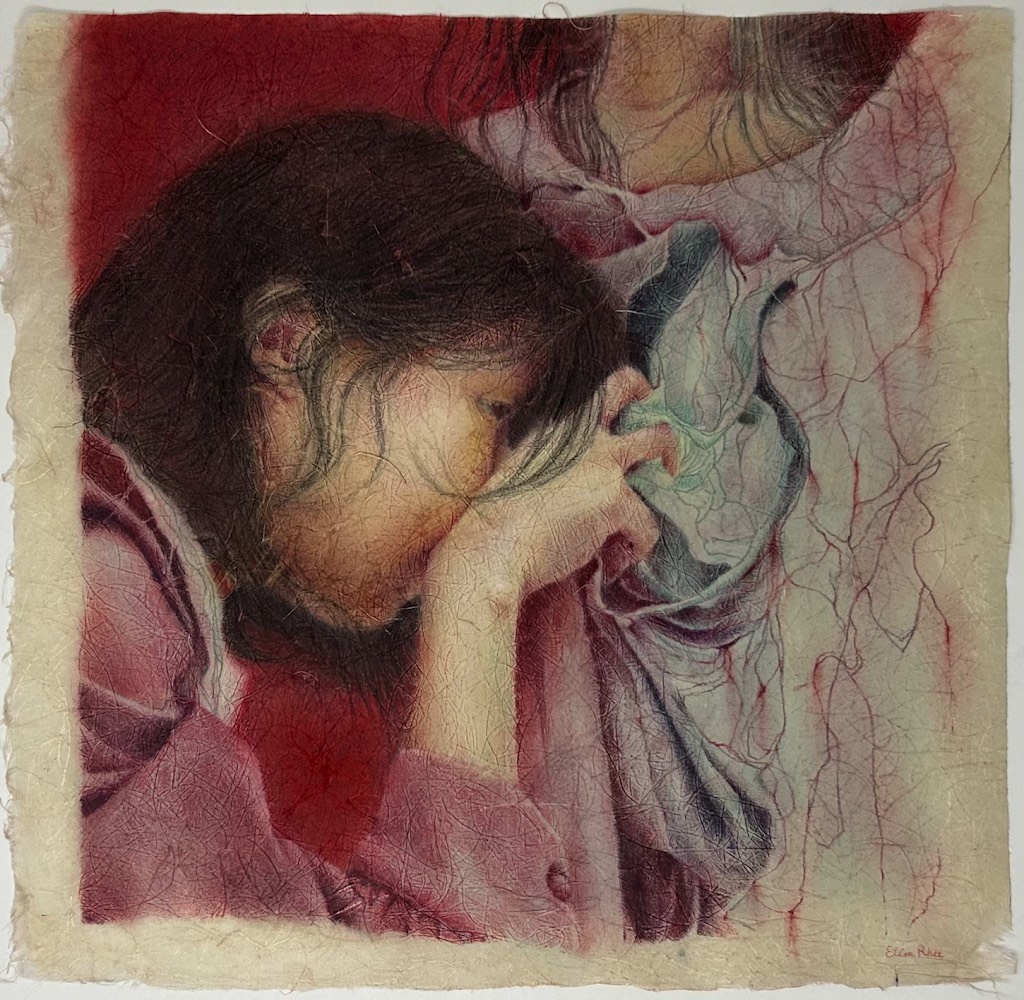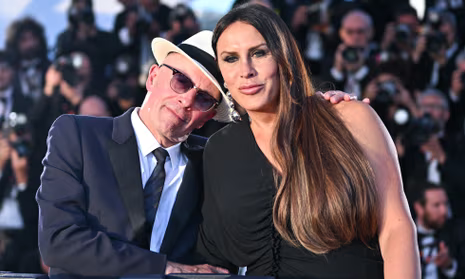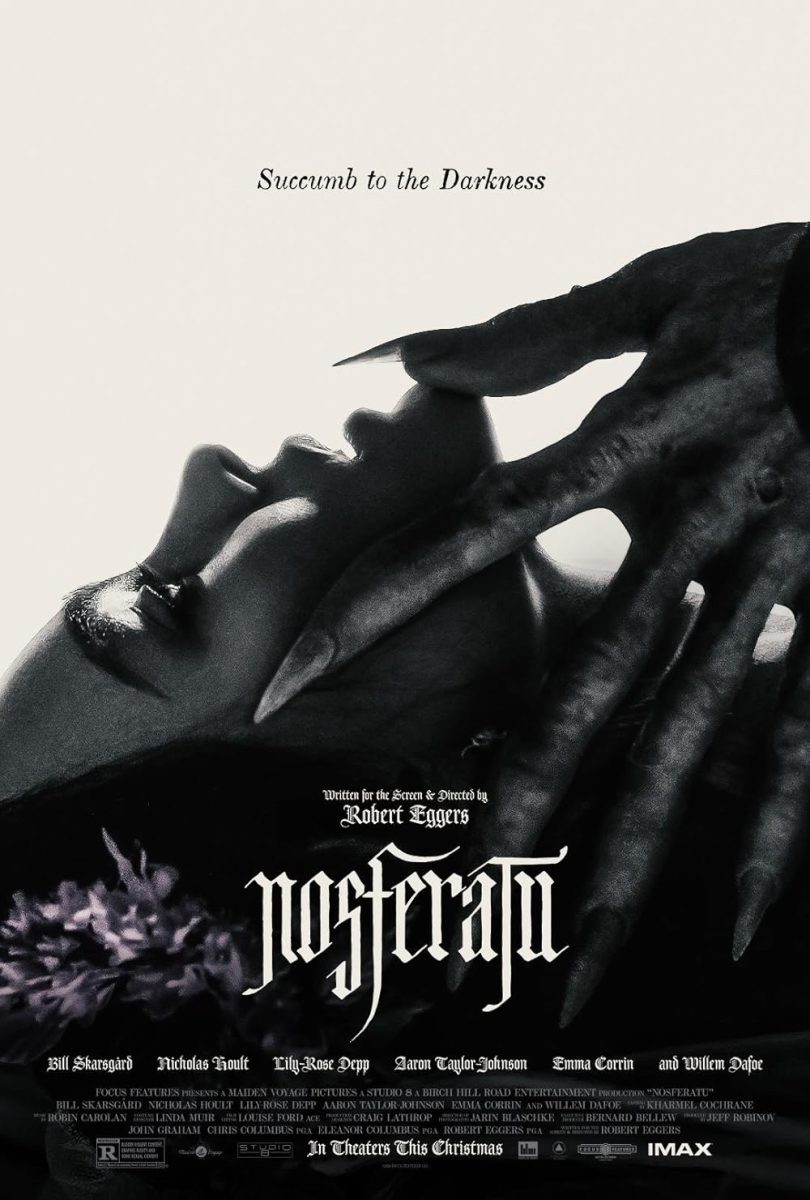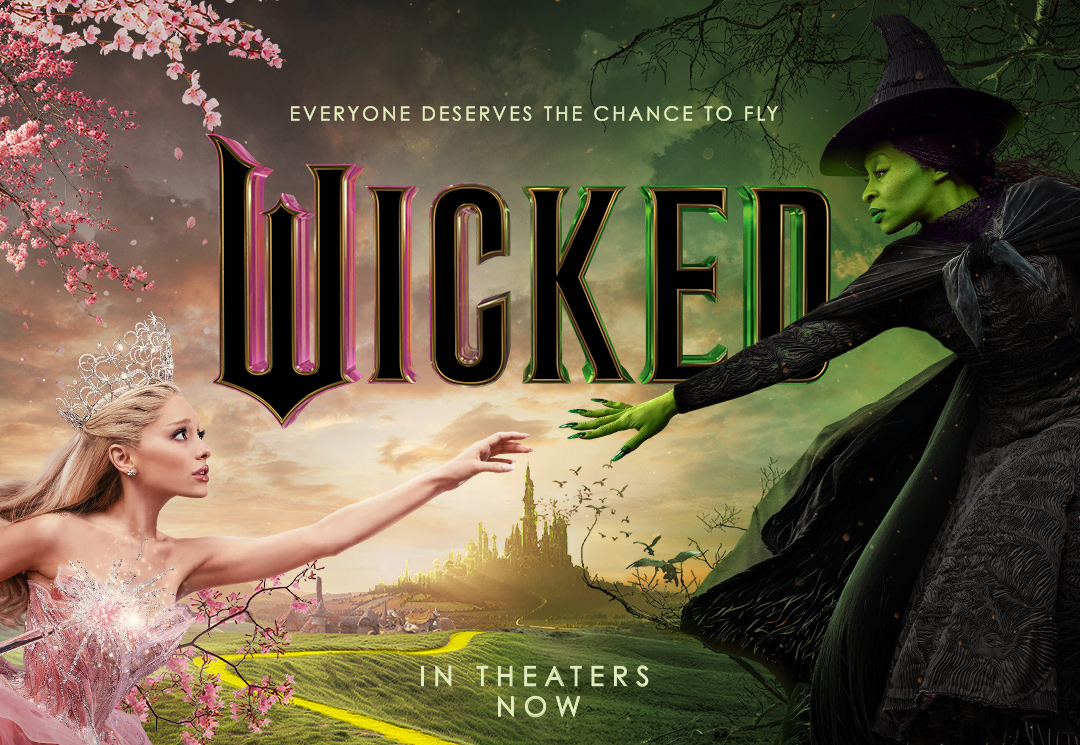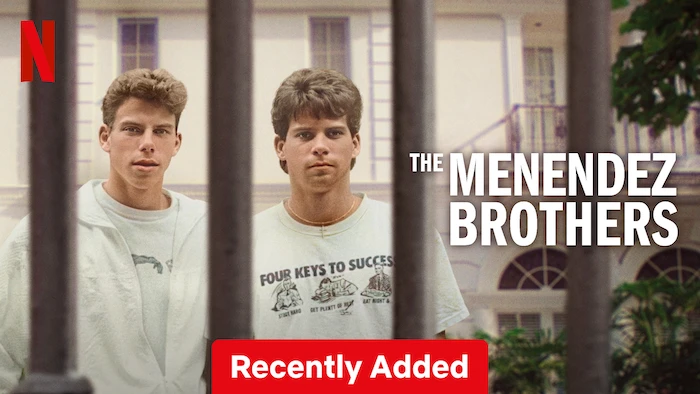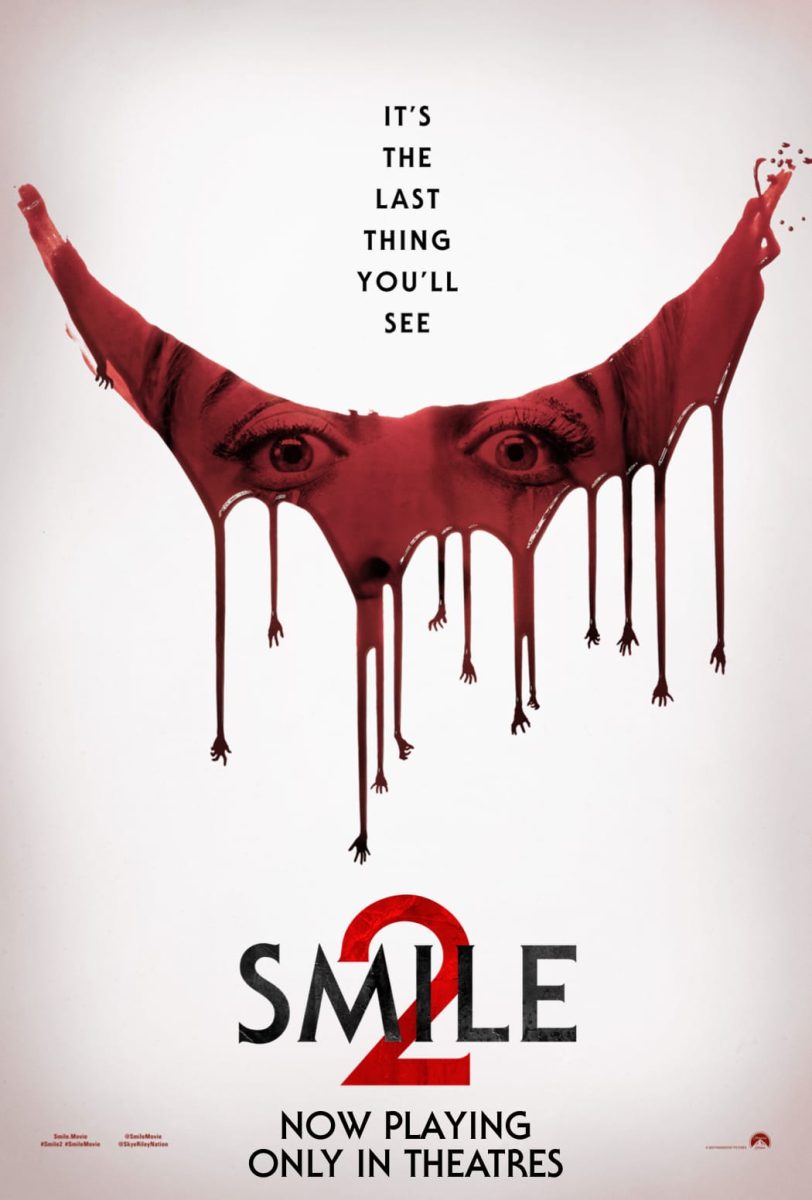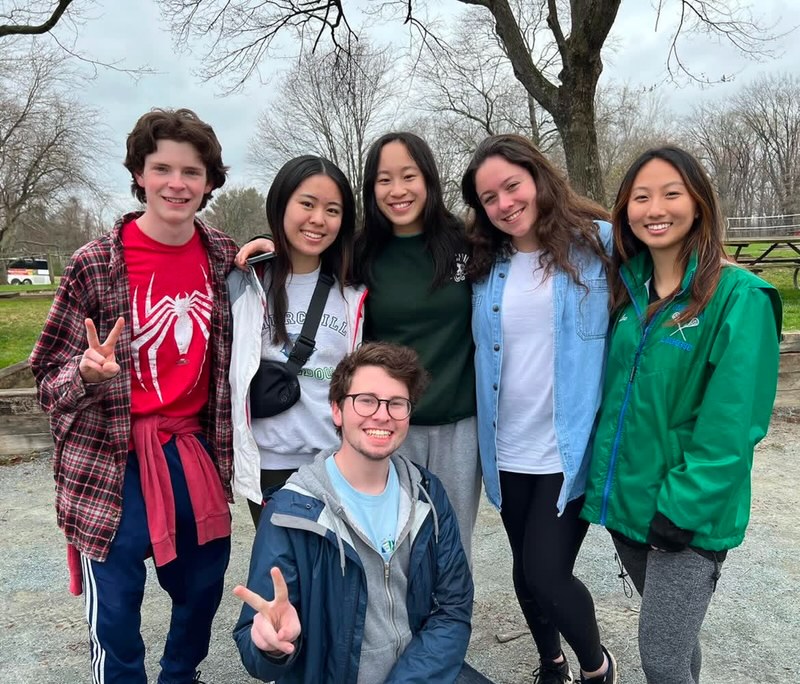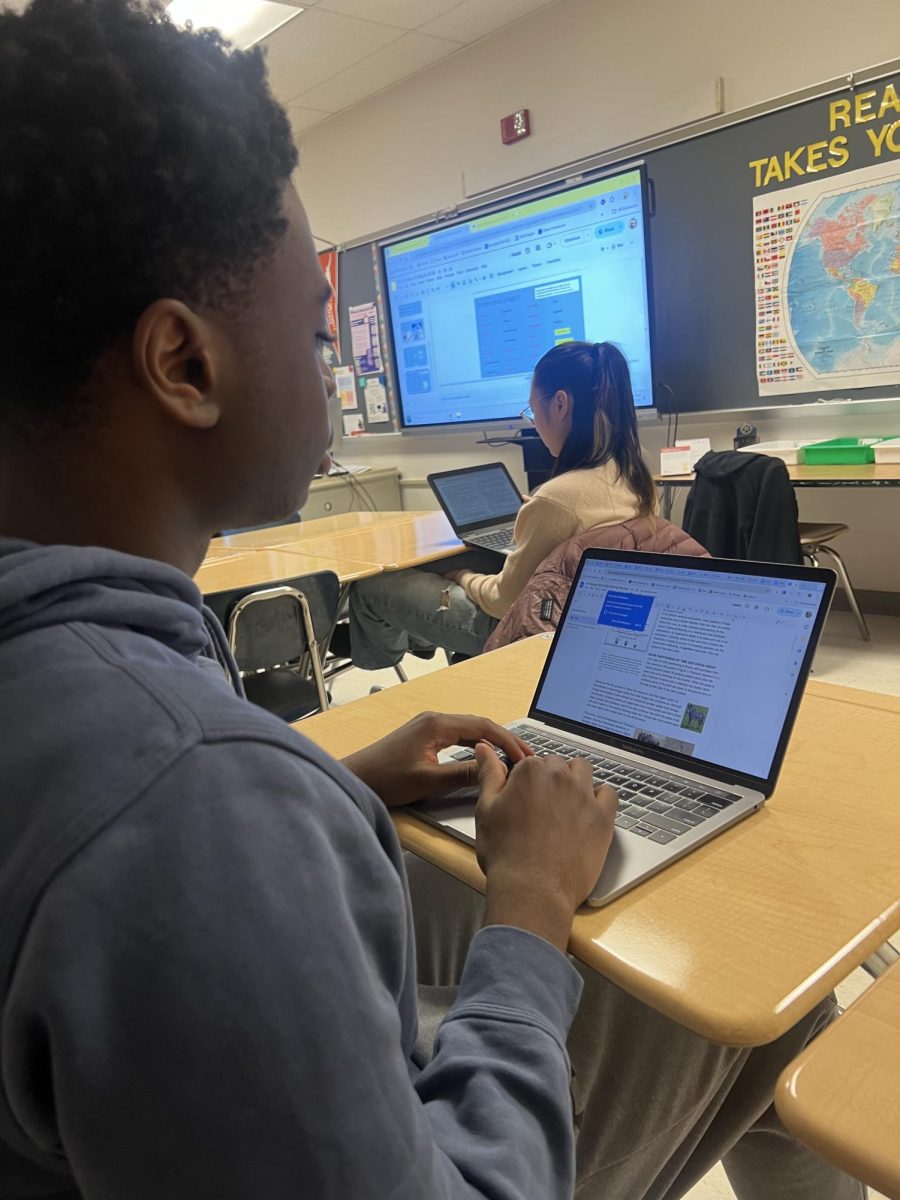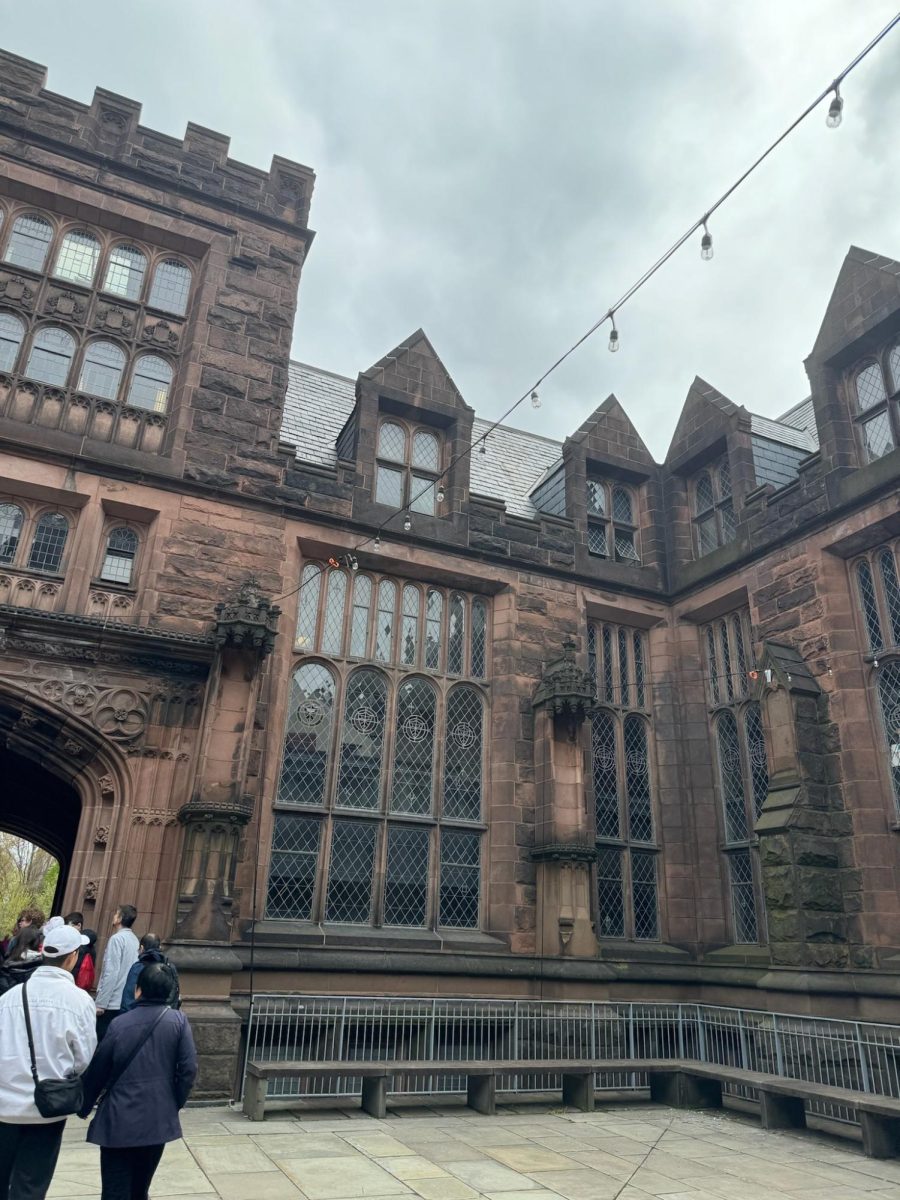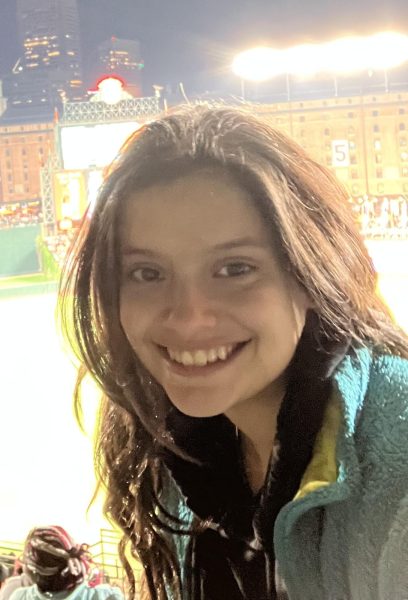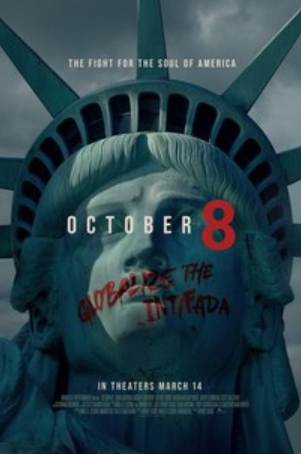
A mob of college students calling for the death of all Jews, posters showing the faces of Israeli hostages ripped down, and Jewish students barred by protesters from entering public spaces. These scenes have all happened in the past year on college campuses across America. The movie “October 8th” follows the rise of antisemitism on college campuses following the October 7th, 2023, Hamas attack on Israel.
“October 8th,” a documentary directed by Wendy Sachs, succeeds as an introduction to the conflict but barely touches the surface in some ways. It effectively depicts the explosion of anti-Israel protests on college campuses across America, even before Israel responded to the Hamas invasion.
On the other hand, the film touches on important ideas it hardly explores, such as tracing the connection between the Muslim Brotherhood and Hamas funding of SJP (Students for Justice in Palestine), one of the largest anti-Israel college student organizations. The film also briefly talks about the different ancient antisemitic tropes that have become embedded in contemporary culture and used in many protest posters. Unfortunately, the film does not go into the long history of these tropes or explore them in much detail. This is partially due to time constraints—the documentary covers a vast amount of material and must choose what to focus on. Perhaps it would have been better a mini-series to explore each separate idea to its fullest.
The movie highlights the alarming rise of anti-Semitism in the United States since October 7th while omitting important historical context and detail that could help the viewer to understand better how current events echo the past. For example, while the film does show that student mobs in Nazi Germany in the 1930s drove Jews off campus – also with the acquiescence of the academic faculty – it does not discuss or explain the historical parallels in any detail.
That said, the film gives a good introduction and consolidates important information from the past year about anti-semitism on college campuses by using strong interviews and videography. It follows a timeline of campus events from October 8th, 2023, onward. The movie opens up in Israel, showing the destruction of a kibbutz near the border, and footage from the carnage of a music festival, along with a survivor’s testimony. This immediately grounds the movie and gives it a gritty, somber tone.
The film then shares firsthand accounts from Jewish college students recollecting their experiences on campus, including from Columbia University in New York, one of the campuses that [the ADL found] experienced the worst anti-semitic incidents from the past year. These students relate the events to their family histories in places like Iran and the former Soviet Union, explaining how their parents fled to the United States, hoping their children would not have to face the antisemitism they had experienced in their countries of birth. The film effectively brings forward this additional layer of tragedy.
The movie also critiques university administrators’ failure to protect the Jewish students on campus, sometimes claiming that hate speech was protected even if it called for the genocide of Jews. The film shows the infamous testimony of the presidents of Harvard, MIT and the University of Pennsylvania before Congress and their unwillingness to say that calls for the death of the Jews violated their university codes of conduct. It follows the resignations of Minouche Shafik, former Columbia University president, and Claudine Gay, the former Harvard University president, after public clamor due to their failure to protect Jewish students on campus.
The documentary also traces the deliberate misinformation tactics used by anti-semitic campaigners on social media platforms such as TikTok and Instagram to spread hate and misinformation online. It argues that a large part of what makes these online tactics successful is that many young people (such as college students) get most of their major information through social media, something that can be manipulated easily with far less fact-checking than traditional media.
The documentary’s imagery is striking: hundreds of collected photos and images taken over the past year showing protests, terrorist attacks, eye-witness testimonies from survivors and interviews with professionals like the AJC (American Jewish Committee) and opinion writer Bari Weiss. It is well-organized and touches on many important issues.
In short, October 8th provides a factual overview of antisemitism’s escalation on U.S. campuses over the past year. It should be watched by those who want to better understand the situation, as well as serve as a historical documentary for future generations to reference. Well worth the watch and very relevant now.
